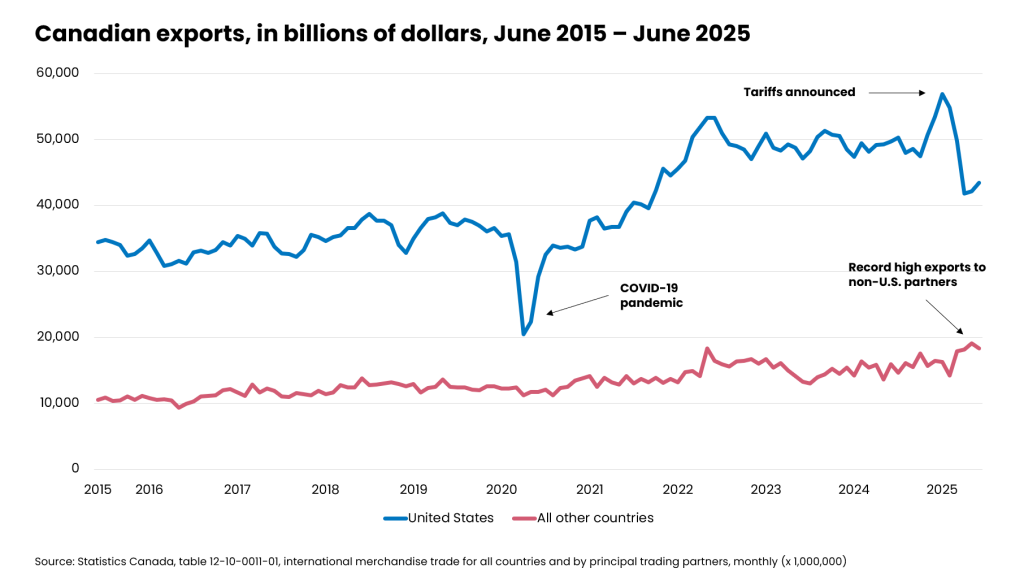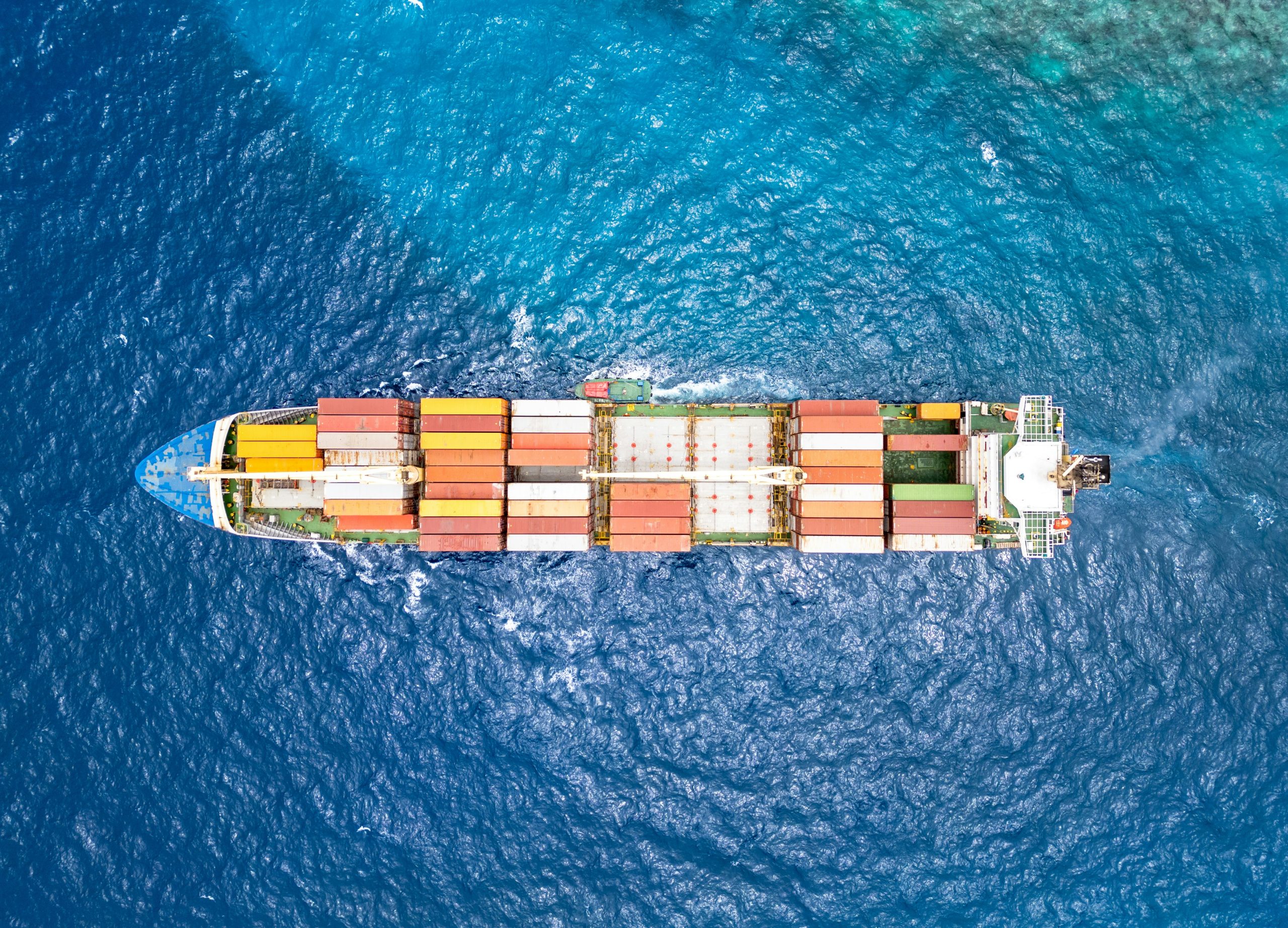In a broader effort to reduce trade and security reliance on the United States, the Canadian government has made economic diplomacy a central focus of its foreign policy. Recent initiatives with the European Union, Indo-Pacific and Latin America aim to open new markets for Canadian businesses and support the country’s goal of trade diversification.
The European Union
Comprised of 27 member states and a GDP of approximately $21 trillion, the European Union plays a critical role in Canada’s economic and security strategies. In June, Canada and the European Union signed the Canada-EU Security and Defense Partnership, aimed at establishing a framework for dialogue and cooperation across the Euro-Atlantic region. This agreement marks a strategic step toward deepening joint security efforts and creates new opportunities for Canadian businesses to engage in European defence procurement through the Union’s Readiness 2030 program. Prime Minister Mark Carney has framed this shift as part of a broader effort to strengthen Canada’s defence capabilities beyond its traditional reliance on the United States.
Alongside the defence partnership, Canada and the European Union issued a joint statement expressing their intent to build a new, fair and open trade relationship. At the heart of this initiative is the expansion of the Canada-EU Comprehensive Economic and Trade Agreement (CETA). Since its signing in 2017, bilateral trade between Canada and the European Union has increased by 65 per cent. To build on this momentum and make it easier for businesses to access new markets, both sides have committed to aligning regulations in key sectors such as artificial intelligence, critical minerals and energy.
On July 15, Canada and the European Union agreed to develop a joint plan to identify specific areas for industrial cooperation. This plan will prioritize technological and innovation partnerships, with the goal of creating a more integrated digital relationship through tools such as artificial intelligence.
Asia
As part of Canada’s Indo-Pacific Strategy (IPS), the federal government is strengthening economic ties with key Asian partners. At the G7 Summit, Prime Minister Mark Carney and Indian Prime Minister Narendra Modi agreed to restore diplomatic relations and renew bilateral collaboration. With India ranking as the world’s fourth-largest economy, renewed diplomatic engagement offers Canada a major opportunity to broaden its market access in the region.
In July, Foreign Affairs Minister Anita Anand visited Malaysia and Japan to represent Canada at the Association of Southeast Asian Nations (ASEAN) conference. She reaffirmed Canada’s commitment to building strong partnerships with ASEAN members and strengthening regional supply chains. Given that ASEAN comprises 10 member states and is Canada’s fourth-largest merchandise trading partner, the proposed ASEAN-Canada Free Trade Agreement (ACAFTA) has the potential to further enhance trade flows and generate new opportunities for Canadian businesses.
Mercosur Bloc
In July, the federal government announced plans to launch trade negotiations with the Mercosur bloc – a South American trade alliance representing a combined population of 295 million. A free trade agreement with this bloc would significantly improve Canada’s access to Latin American markets, contributing to the country’s broader goal of trade diversification.
Emerging Markets: Ecuador, U.A.E., China, Mexico
Canada has also been developing new trade partnerships with other global players. Recent discussions with Ecuador and the United Arab Emirates have resulted in renewed commitments to deepen bilateral cooperation and strengthen economic ties. Meanwhile, the federal government has entered the early stages of trade negotiations with China. Both countries have agreed to reconvene the Joint Economic and Trade Commission, signaling a willingness to address past diplomatic and economic tensions.
Currently, China has placed tariffs of 100 per cent on Canadian peas and canola oil and meal, 75.8 per cent on canola seed and 25 per cent on seafood and pork. If successful, ongoing discussions could lead to a recalibrated trade relationship that reduces or eliminates these levies. However, Canada has also imposed a 25 per cent tariff on steel imports from all non-U.S. countries that include steel melted and poured in China, which could complicate trade relations between the two countries.
In August 2025, Finance Minister François-Philippe Champagne and Foreign Affairs Minister Anita Anand traveled to Mexico for a meeting with President Claudia Sheinbaum. During the visit, both countries committed to deepening the Canada-Mexico relationship, focusing on collaboration in energy, the automotive sector and security. Trade discussions are set to continue, with Prime Minister Mark Carney expected to visit Mexico soon. This partnership will be vital for Canada as CUSMA negotiations begin in 2026.
Trade Diversification: Why it Matters

As shown, Canada continues to rely heavily on the United States as a customer for export products. Influenced in part by geography and infrastructure, Canadian exports to the U.S. totaled $547.4 billion in 2024, compared to just $173.7 billion to non-U.S. partners. The economic relationship between Canada and the United States is irreplaceable, contributing to shared prosperity on both sides of the border. To strengthen long-term economic resilience and reduce the impact of tariffs on Canadian businesses, trade diversification is more essential than ever.
In May 2025, Canada recorded a historic $19.1 billion in monthly exports to non-U.S. markets, signaling that ongoing efforts by federal and provincial governments to broaden trade relationships are beginning to show results. Maintaining this momentum is crucial in getting Canadian products to market. In fact, Canada has market access to 51 countries through free trade agreements, presenting a substantial opportunity to deepen these partnerships. Moving forward, a strategic focus on economic diplomacy outside of the U.S. will help strengthen Canada’s position in global markets and ensure business prosperity.







